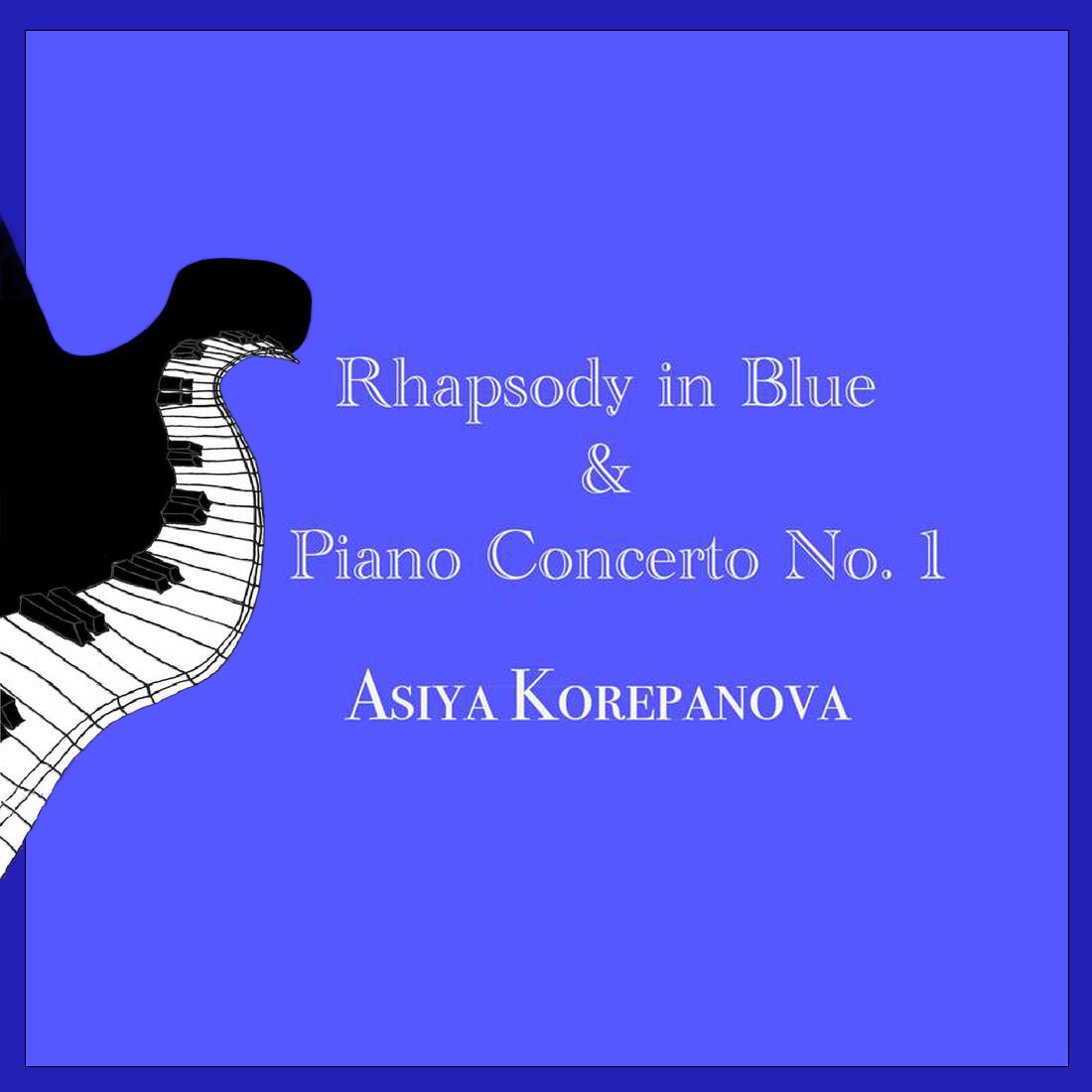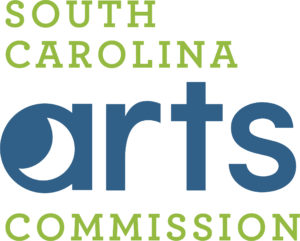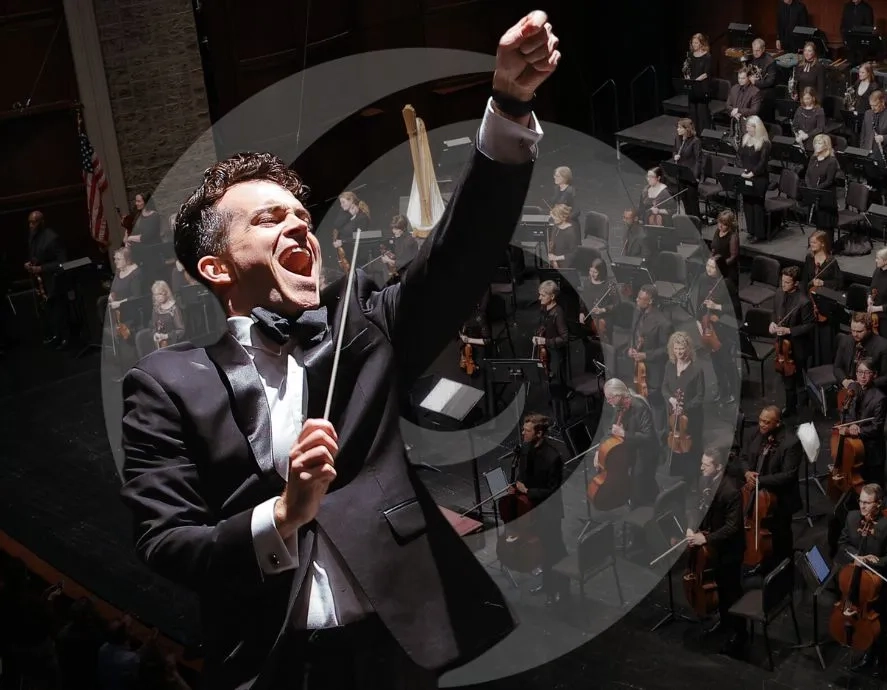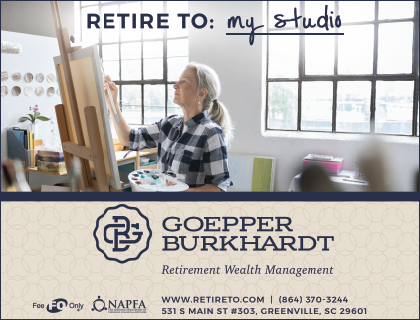
RHAPSODY IN BLUE
Saturday, May 22, 2021 at 8:00 p.m.
Sunday, May 23, 2021 at 3:00 p.m.
Peace Concert Hall
Edvard Tchivzhel, conductor
Asiya Korepanova, piano
|
F. Liszt |
Piano Concerto No. 1 |
| G. Gershwin (1898-1937) |
Rhapsody in Blue |
|
D. Shostakovich |
Symphony No. 9 |
This General Operating Support Grant program is funded in part
by the Metropolitan Arts Council with grants received from the City of Greenville, the South Carolina Arts Commission whichreceives support from the National Endowment for the Arts and private donations.

This organization is funded in part by the
South Carolina Arts Commissionwhich receives support
from the National Endowment for the Arts.

Concert Hall Series
Saturday performances at 7:30 pm
Sunday at 3:00 pm
Opening Night: Beethoven’s Ninth
October 5 & 6
Grieg’s Piano Concerto
November 23 & 24
Tchivzhel Conducts Tchaik 4
January 25 & 26
Duke Ellington’s The River
March 1 & 2
Jacqueline Tso plays
Bruch’s Scottish Fantasy
April 5 & 6
Beethoven and Brazil
May 10 & 11
Gunter Theatre Series
Performance start times vary
Peter and the Wolf
November 9 & 10
The Marriage of Figaro
February 15 & 16
Movers, Shakers, and Noise-Makers
March 22 & 23
Bach-Inspired with Violist Kathryn Dey
May 24 & 25
Special Events
Holiday at Peace
Peace Concert Hall
December 6 at 7:00 pm
December 7 at 1:00 & 7:00 pm
December 8 at 2:00 pm
Harry Potter and the Prisoner of Azkaban™ in concert
Peace Concert Hall
January 11 at 1:00 pm and 7:00 pm
January 12 at 2:00 pm
Star Wars: The Empire Strikes Back in Concert
May 4 at 7:00 pm
Bon Secours Wellness Arena
Music at Hotel Hartness
A luxe chamber music experience in a beautiful space.
Performances at 7:00 pm
Dracula! with Special Guest Dacre Stoker
October 23
Musical Landscapes
April 23
Music in the Gray Loft
Enjoy lunch or wine with a friendly, casual chamber music experience.
Performances at 12:00 and 5:30 pm
Dracula! with Special Guest Dacre Stoker
October 24
Musical Landscapes
April 24
Details and tickets available at greenvillesymphony.org











